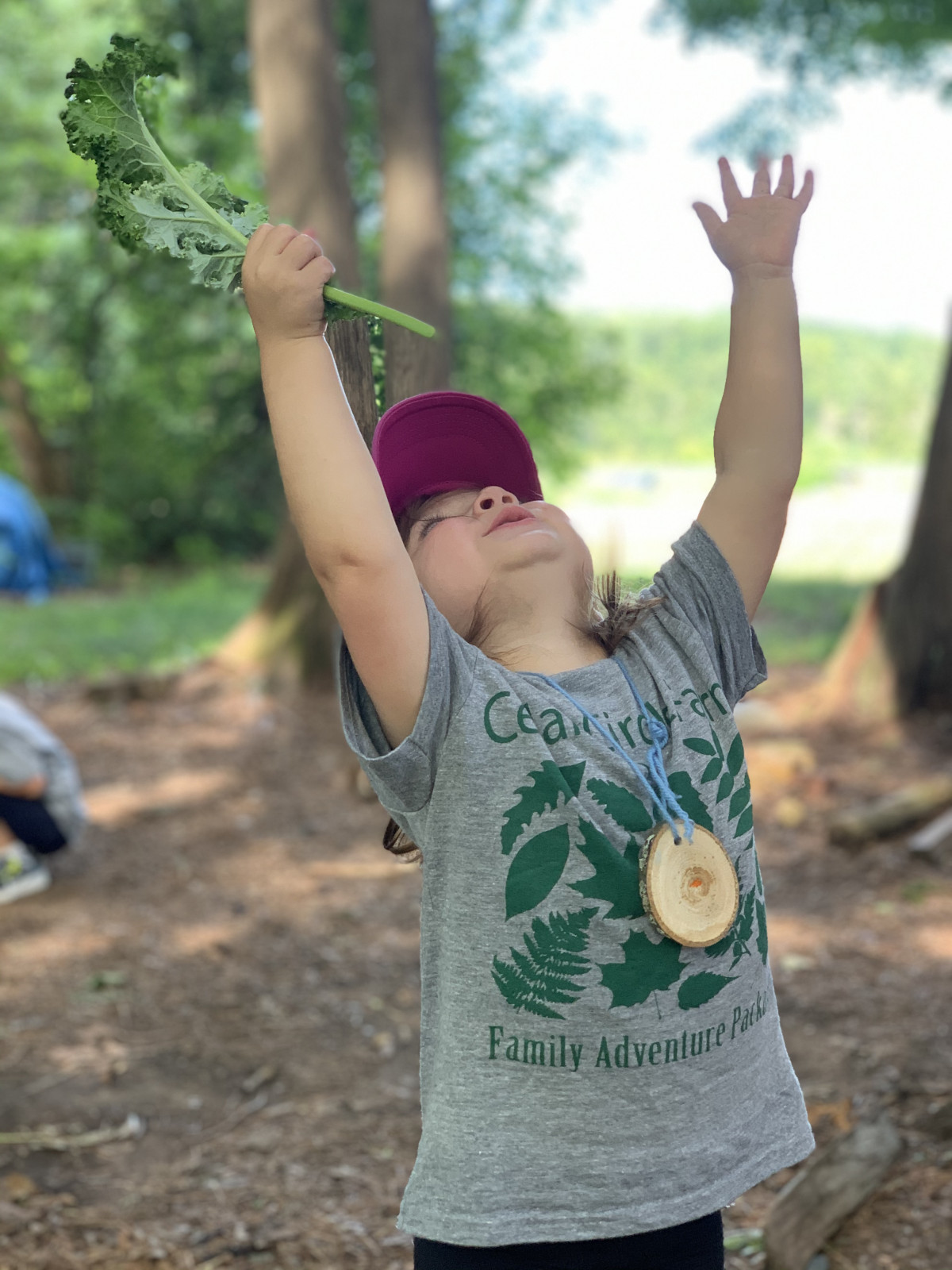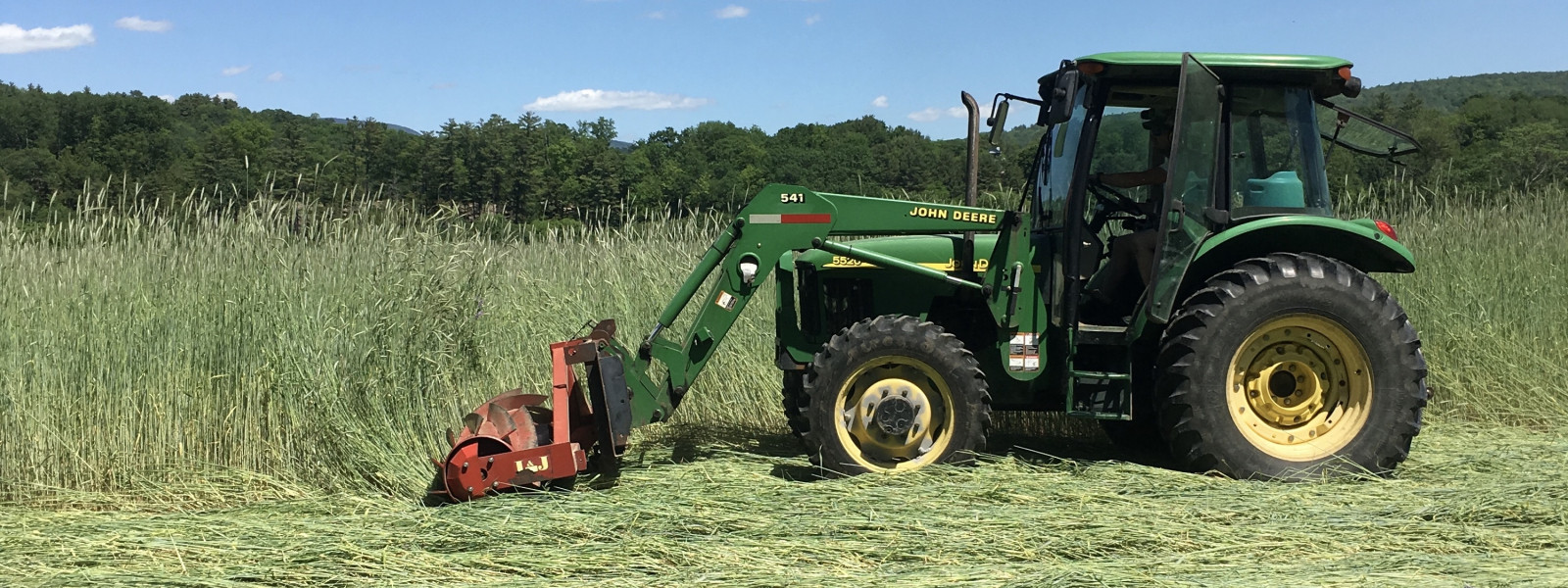Nature Notes: Hail the Kale (and other Brassicas)

This #FloraFriday invites us to hail the kale! While we might think of kale as a recent health food craze, using these dark greens in smoothies, salads, or even maple kale chips (we swear—try it!), these greens have been around for quite some time, but perhaps in a less recognizable form.
Brassica oleracea is the Latin name for kale…and cabbage, collard greens, kohlrabi, broccoli, brussels sprouts, cauliflower and numerous other cruciferous greens. But how can all of these different crops have the same name?
The original brassica plants, which most closely resembles what some people call wild mustard, was discovered at least 2500 years ago on the land now known as Britain, France, and countries in the Mediterranean. The farmers of long ago (think ancient times) began collecting seeds from this wild plant and growing it intentionally in gardens. (@highmowingseeds didn’t exist yet, so saving seeds was the only way to ensure a crop for the following year!)
Over generations, certain seeds were saved from the plants, specifically the ones that produced plentiful leaves. You might find this cultivar, or a plant variety created through selective breeding, labeled as “kale” in the farmstand.
Over the next few thousands of years, farmers began selecting seeds from brassicas with swollen stems (kohlrabi), a single, large leaf bud (cabbage), or even an enlarged flower structure (broccoli). Next time you see a pug and a poodle, you can marvel even more at selective breeding!
Have you ever noticed a similar flavor among all of these brassicas? What’s your favorite?







